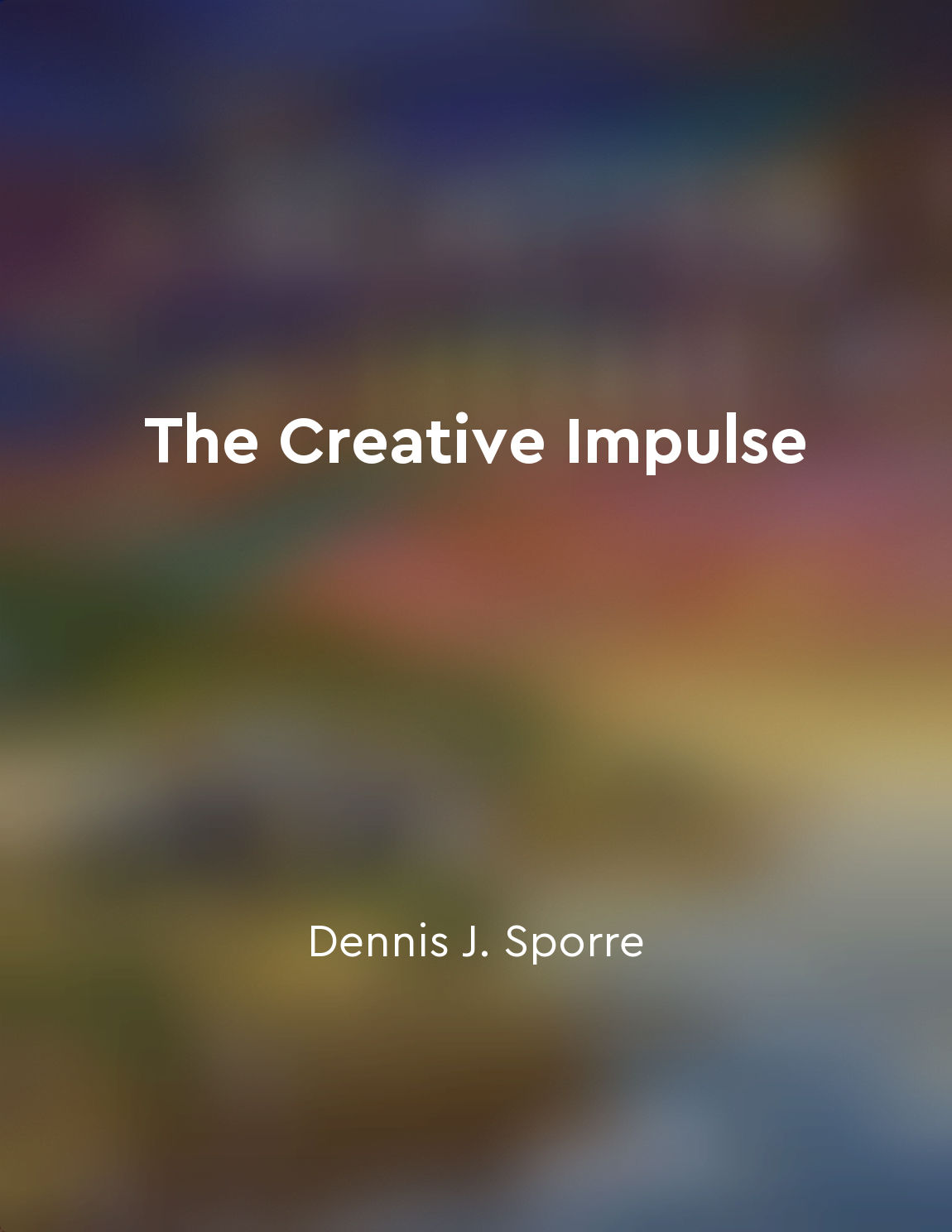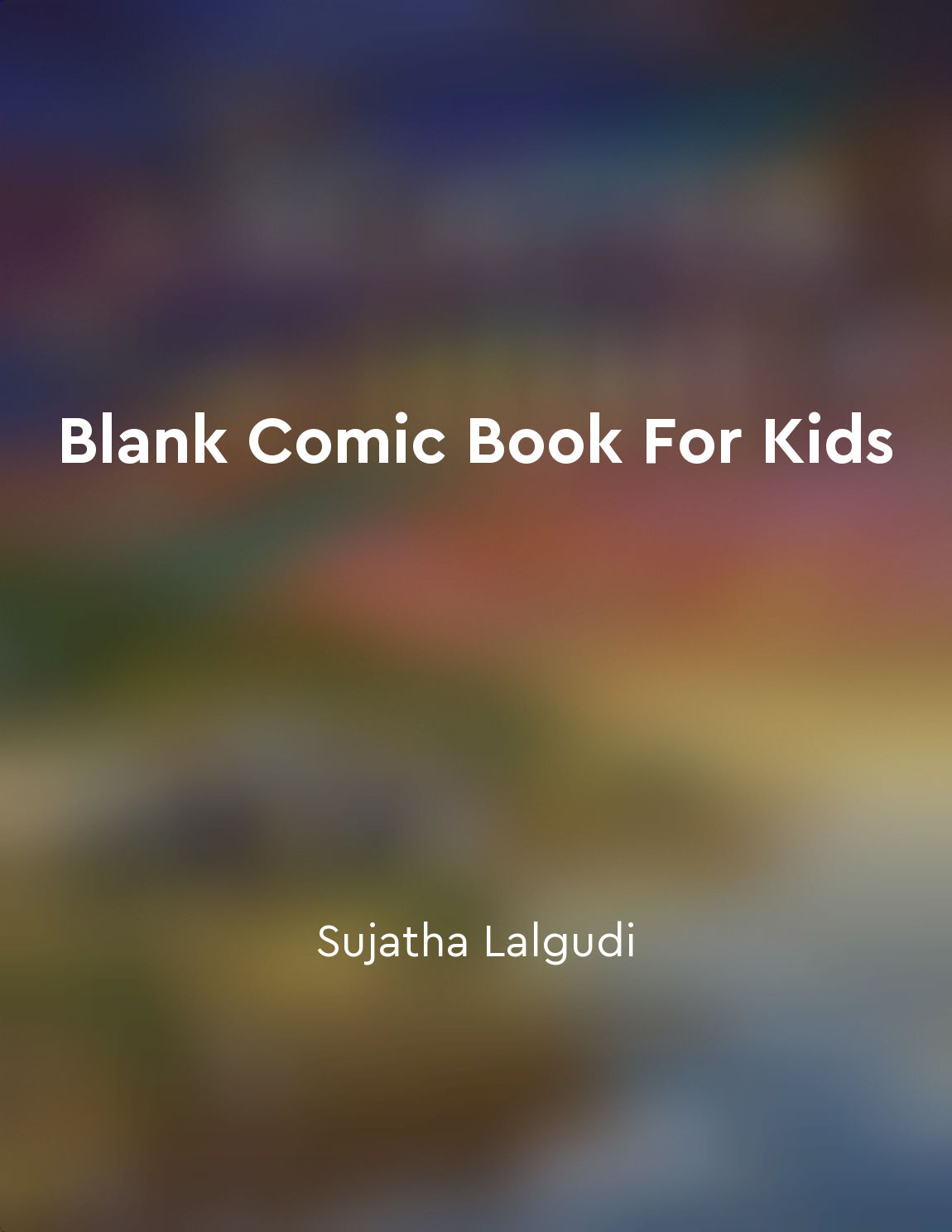Experimenting with different textures and patterns from "summary" of The Big Book of Graphic Design by Roger Walton
Experimenting with different textures and patterns is a key aspect of graphic design that can greatly impact the visual appeal of a design. By incorporating a variety of textures and patterns, designers can create depth and visual interest in their work. This can help to draw the viewer in and keep them engaged with the design. Textures can range from smooth and sleek to rough and textured, adding a tactile element to the design. Patterns, on the other hand, can be geometric, organic, abstract, or representational, providing a visual repetition that can create rhythm and movement within the design. By combining different textures and patterns, designers can create contrast and balance within their work. Experimenting with textures and patterns can also help to convey different moods and emotions in a design. For example, a rough texture and bold pattern may create a sense of energy and excitement, while a smooth texture and subtle pattern may evoke a feeling of calm and tranquility. By carefully selecting textures and patterns that align with the desired mood or message of the design, designers can create a more impactful and cohesive visual experience for the viewer. Incorporating a variety of textures and patterns can also help to differentiate a design from others and make it more memorable. By using unexpected combinations or unconventional applications of textures and patterns, designers can create a unique and original aesthetic that stands out in a crowded visual landscape.- Experimenting with different textures and patterns is an essential tool for graphic designers to create visually engaging and dynamic designs. By exploring the possibilities of texture and pattern, designers can unlock new creative opportunities and elevate their work to new levels of sophistication and impact.
Similar Posts

The connection between Rasa and emotions
Rasa, as a concept in Indian Aesthetic Theory, is closely linked to human emotions. Emotions play a significant role in the exp...

Artists often draw inspiration from their own experiences and emotions
Artists are often driven to create by their personal experiences and emotions. These deep-rooted feelings can serve as a wellsp...
The reader participates in the creation of meaning
In the act of reading a comic, the reader is not merely a passive recipient of information. Instead, the reader plays an active...
Aesthetic pleasure is a form of intellectual enjoyment
Aesthetic pleasure, although closely linked with sensory experience, is not purely a physical sensation. It involves a mental c...

Iteration is key to creative success
The road to creative success is not a straight line; rather, it is a winding path that requires patience, persistence, and a co...
Embrace your personal style
When it comes to getting dressed, one of the most important things you can do is embrace your personal style. Your personal sty...
Judgement of taste requires a disinterested stance
In order to properly judge the aesthetic value of an object, one must adopt a disinterested stance. This disinterested stance i...

Develop your own unique drawing style
Every artist has their own unique drawing style that sets them apart from others. It is important to develop your own style so ...
Adapting to new design trends and techniques
Adapting to new design trends and techniques is a crucial aspect of staying relevant and competitive in the ever-evolving world...
Comics is a visual medium
Comics is a visual medium - a medium where images play a crucial role in storytelling, often in combination with text. Visuals ...

